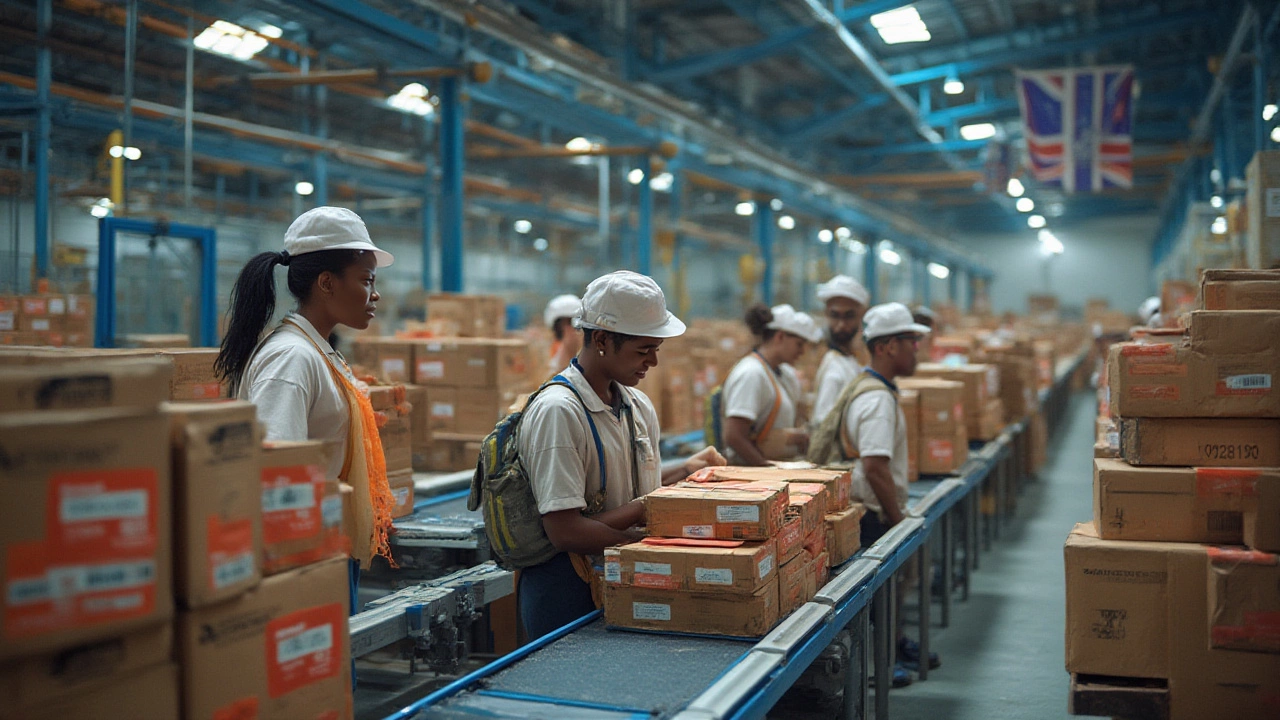Delivery Logistics Made Simple: Fast, Reliable Shipping Tips
If you’ve ever waited for a parcel that seemed to take forever, you know how frustrating slow shipping can be. Delivery logistics is the behind‑the‑scenes system that moves packages from point A to point B, and getting it right means your customers stay happy and your business runs smoother. In this guide we’ll break down the basics of delivery logistics, share a few quick hacks, and point you to the tools that make same‑day and next‑day shipping feel effortless.
What is delivery logistics and why it matters
At its core, delivery logistics covers everything that happens between order placement and the moment a parcel lands on a doorstep. It starts with warehousing – where items are received, stored, and packed. From there, route planning decides the most efficient path, while carrier selection determines speed and cost. Real‑time tracking ties it all together, giving both sender and recipient visibility. When any of these pieces slip, delays stack up, costs rise, and customer trust erodes.
Businesses that master delivery logistics gain three big advantages: lower shipping bills, happier buyers, and more repeat orders. Even a small tweak, like consolidating shipments into fewer pallets, can shave off hours of transit time and reduce fuel expenses. That’s why big players such as FedEx, UPS, and Amazon invest heavily in algorithms that predict traffic, weather, and demand spikes.
Top tricks to speed up your shipments today
1. Know the carrier cutoff. Most couriers stop accepting same‑day requests a few hours before their final dispatch. Mark that time on your calendar and automate order processing so nothing slips past the deadline.
2. Pick the right service for the package. Heavy or bulky items often cost less on a ground service, while small, time‑sensitive parcels shine with overnight or express options. Use a rate‑comparison tool to see which carrier gives the best price‑to‑speed ratio.
3. Optimize packaging. Shrink‑wrap, use the smallest box that fits, and eliminate excess padding. Smaller dimensions lower dimensional weight charges – a common surprise on carrier invoices.
4. Leverage technology. Modern TMS (Transport Management Systems) auto‑assign carriers, generate labels, and update tracking in real time. Integrating a TMS with your e‑commerce platform means you can push shipping info to customers without manual entry.
5. Plan for the last mile. The final stretch is where most delays happen. If you serve a tight local area, consider partnering with a same‑day courier network that can deliver within hours. For wider regions, give recipients a delivery window to reduce missed attempts.
Putting these steps into practice doesn’t require a massive overhaul. Start by auditing your current process: note where packages sit the longest, check carrier invoices for hidden fees, and test one new tool for a week. Small improvements add up quickly, and the data you collect will guide bigger changes down the road.
Delivery logistics is all about moving items efficiently, affordably, and transparently. With the right mindset and a few practical tweaks, you can turn a sluggish shipping operation into a competitive edge that keeps customers coming back.
How Courier Services Work: A Behind-the-Scenes Look at Delivery Logistics
Ever wondered how couriers get your package from A to B so quickly? Dive into the step-by-step process of courier services, with real-world tips and surprising facts.
© 2025. All rights reserved.

